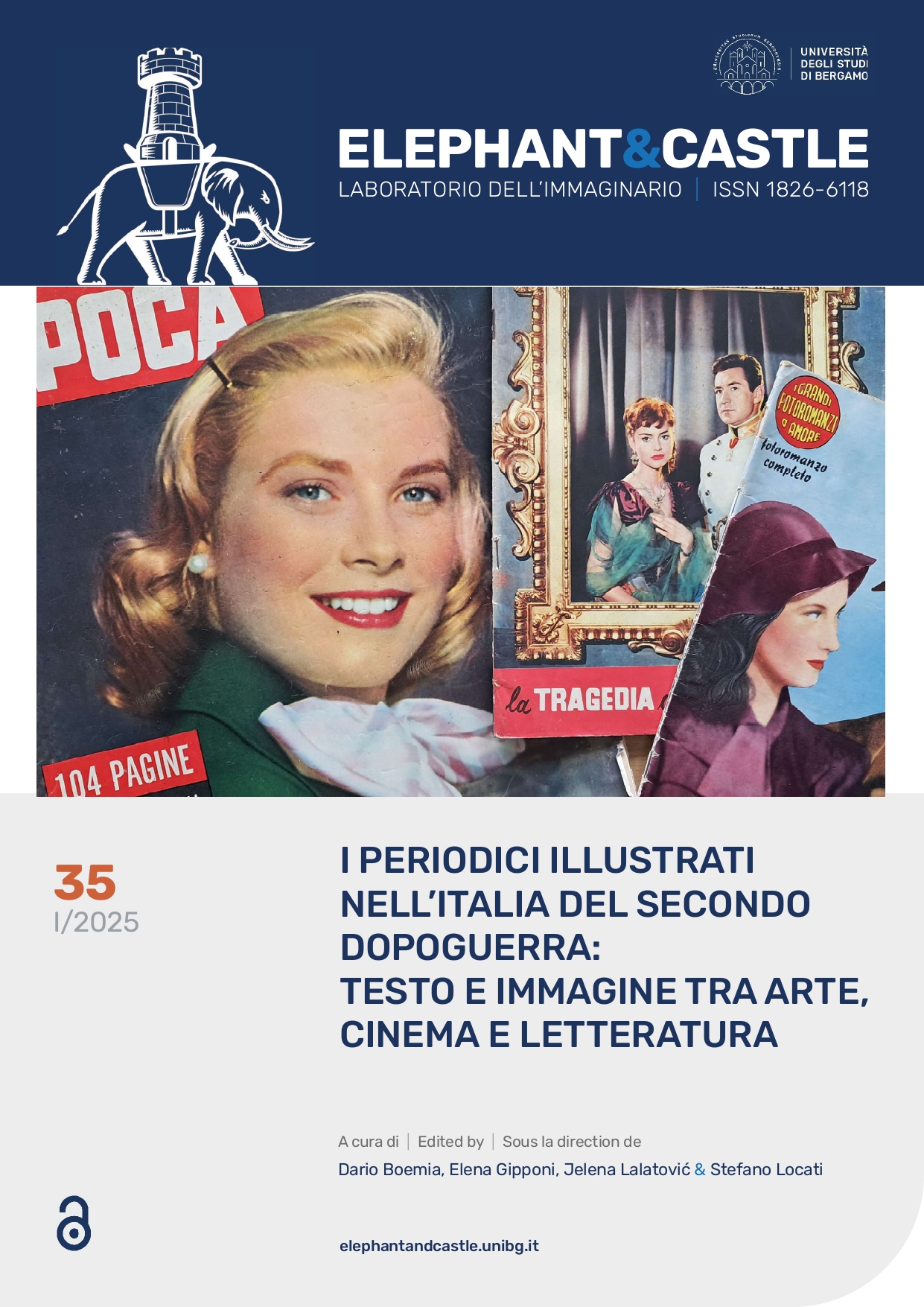The Right Distance.
Urban imagery in the pages of “Epoca” (1950-1956)
DOI:
https://doi.org/10.62336/unibg.eac.35.565Keywords:
City, Epoca, Periodicals, Post-War, Urban ImageryAbstract
During the postwar reconstruction Italian cities changed their faces decisively and abruptly amid new suburbs, large infrastructures, problems with managing their historic centres, and the rise of mass tourism. Reportage photography and the periodical press became primary sources for investigating the profound reconfiguration, both in material structures and social discourses, around the postwar city. From the pages of Epoca, the city emerges in a plurality of dimensions.
After tracing a general overview of the urban forms and imagery present in the magazine, the essay focuses on reportages featuring Venice, crystallized in a postcard image, and Milan, presented as the epicentre of Italian modernity. Two complementary portraits that stage the contrast between change and permanence, by translating it into the contraposition between the city as ancient jewel (which would like to modernize) and the city as a modern laboratory (in danger of losing its historical identity).
Downloads
Published
How to Cite
Issue
Section
License
Copyright (c) 2025 Elephant & Castle

This work is licensed under a Creative Commons Attribution 4.0 International License.






